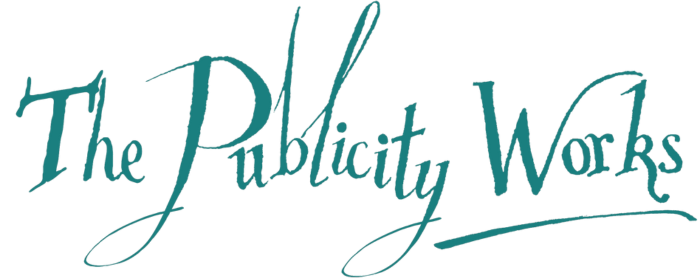
Two very different hi tech communications systems are enhancing the safety of both residents with severe learning disabilities and staff – and cutting costs
Protecting both staff and residents is paramount when providing care for adults and children who have severe learning disabilities. Such organisations need to maintain the highest levels of safety economically. Recently Call Systems Technology (CST), the company specialising in on-site wireless communications, installed two high tech solutions in a residential centre for adults with complex needs, mainly arising from autism. The installed systems enhance safety and will also deliver significant cost savings.
The first solution is a monitoring system for residents’ flats that operates at night and informs staff when residents move from room to room or if they exit their flats. The second is advanced two-way radios carried by the facility’s staff that combine the reliable, continuous site-wide communications with the safety features of a dedicated personal alarm.
Automatic monitoring system
Most special needs providers like to give residents as much independence as possible, including within their own flats. At night it is vital to know that they are safe, but monitoring has to be discreet. In the past, staff needed to watch the flats constantly – in some centres, one member of staff was required for every two flats.
“The spending cuts, and consequent need to make economies without compromising security, were the driving force that led us to seek an alternative monitoring system”, an ICT services coordinator at the organisation explains. “The technology CST suggested provided exactly what was required – a way to reduce staffing costs while maintaining residents’ safety.”
CST’s system uses motion sensors that send alerts to pagers worn by staff, telling them if there is any movement in the flat or if the resident leaves. “The system has proved itself to be very effective. We could cut the number of staff required for monitoring by one third. Luckily we won’t need redundancies, natural staff turnover means we’ll simply not replace staff who leave during the period the system rolls out.”
The monitoring system is based on Call System Technology’s Genesis communications software, which logs all activity. This means managers can check each resident’s movements overnight and see how quickly alerts were answered.
Two-way radio
The patchy coverage and poor sound quality of the old radio system was causing concern, especially with, for example, lone worker safety.
“We’ve used radios for a while for use radios for staff communication,” explains the ICT Service Co-ordinator. “Of course we already have a phone system, too, but radio gives flexibility: it doesn’t matter where the person is on site, as long as they have their radio you can reach them. And if you need to broadcast an emergency message to everyone, it’s easy.”
“The CST radio system gives us superb coverage and crystal clear sound. Plus it permits multiple conversations: staff can communicate one-to-one, if they need to, or broadcast to all. And if someone else is broadcasting, they don’t have to wait for them to stop before they can talk – which is a significant safety advantage.”
The new andsets also have several personal safety features for lone workers and those at risk. The unit’s alarm button opens a channel that all other handsets can hear. If the user can’t talk, the handset sends a text alarm detailing who needs assistance.
Meanwhile the automatic periodic check feature means that staff have to respond to an alert every ten minutes – pushing the button on the handset confirms they are safe. If staff members don’t cancel the alert, it is automatically escalated.
Joined-up communications
“Another potential benefit of these two systems is that they can be integrated into one: the motion sensors can send their alerts to the radio handsets rather than a separate pager,” explains Bruce McNair of Call Systems Technology. “These systems are designed to be flexible, so that they can offer a single solution to a variety of different issues.”
For details freephone Call Systems Technology on 0800 389 5642 or 020 8381 1338, email the company at sales@call-systems.com or visit the CST website www.call-systems.com.

